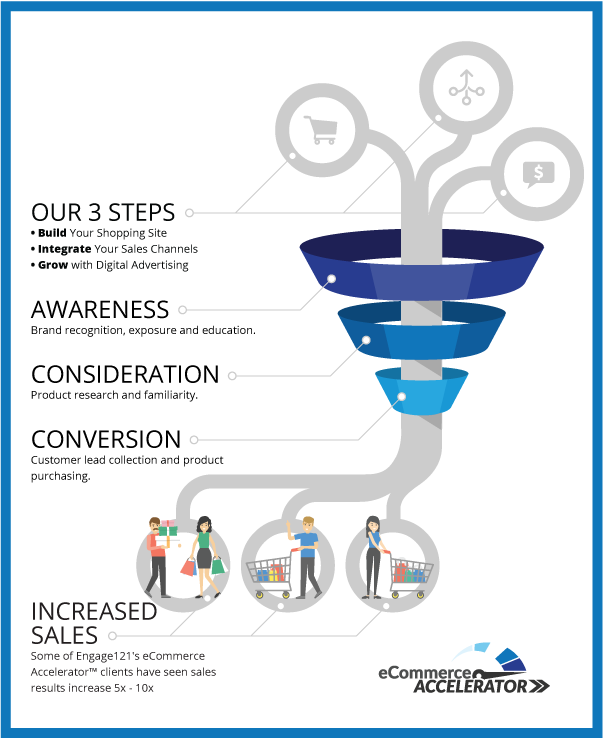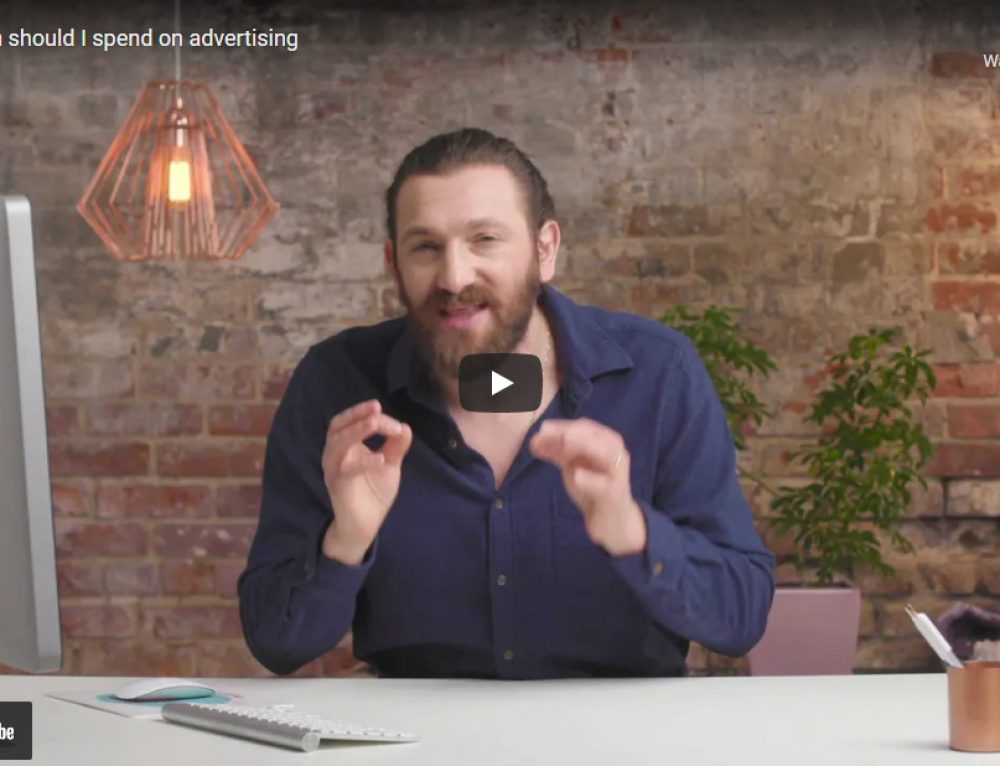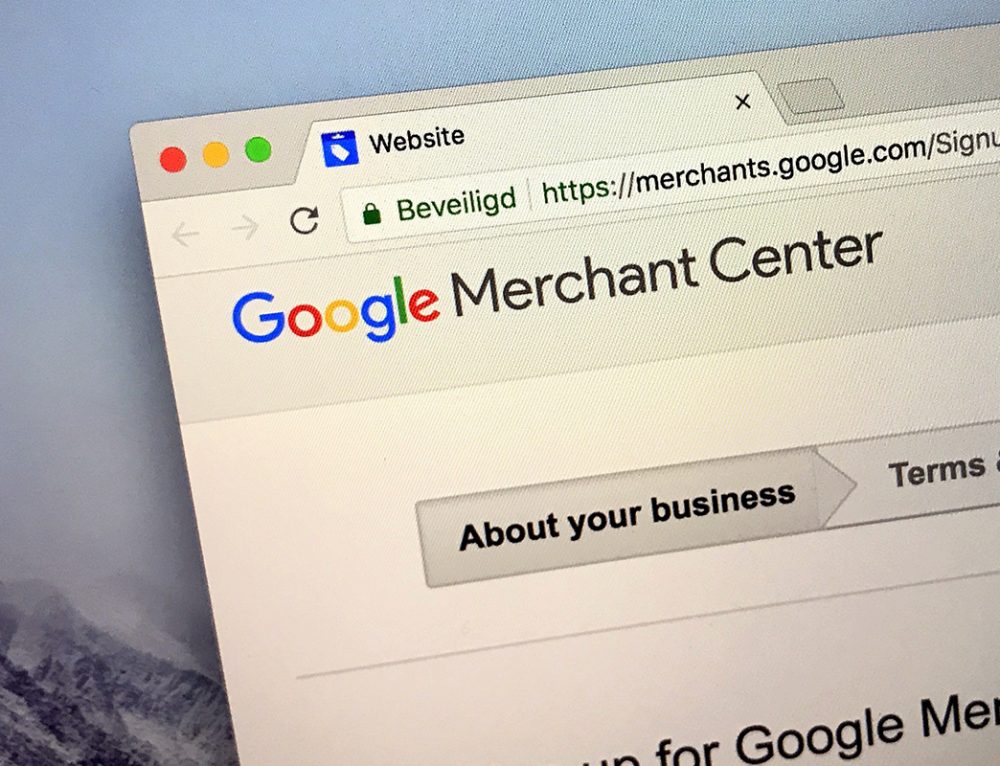Our eCommerce Accelerator™ clients enjoy $4 of new sales for every $1 of ad spend. And, depending on your ad budget, that adds up to a lot of new business for you!
Our 3-step process targets the two key ecommerce metrics that are key to generating new sales: visitors and conversion rate. “Visitors” are the number of new and returning users coming to your site, and “conversion rate” is the percentage of those visitors that convert to sales.
Here is how we do it:
Step 1: Building your Shopping Site
Your shopping site is the entry point for all your visitors, and it must be visually appealing, clearly present the value you are providing to your consumers, and fully integrated into the e-commerce infrastructure. This is where most of the ecommerce sites we come across run into trouble. Proper setup and configuration is key as the site has to be mobile-friendly, usable, secure, and fast-loading. It also has to be coded correctly to be able to withstand higher loads of traffic and deal with transactions quickly. Load rates and usability have a huge impact on conversion rate (conversion rates drop over 4% for each second of load time). So your first mission is to ensure that your site is ready for new business.
The simplest solution is to hire a professional website developer with experience in creating the back-end of e-commerce websites. The web designer cardiff online and other such companies can help you with this endeavor, while also making sure that your website showcases your unique brand image! Of course, you can do this yourself if you can code and there are several solutions. Java is a highly versatile language that can make websites accessible on multiple browsers. Java comes with powerful debugging tools which can make it easier to find problems and solve them and comes with lots of online support/tutorials as well, like this Convert char to string in Java tutorial for example. As for the visual aspect of the site, the language CSS is highly recommended because it can create visually appealing websites with less strain on loading times. Like Java, there is much support on CSS code and you can find many resources to help you. Once your site is up and ready for new business then we can proceed to step 2.
Step 2: Sales Channel Integration
Sales channels are your key to attracting new visitors. The major digital marketing platforms like Google and Facebook offer a lot of opportunity to target and run shopping ad campaigns, but you have to be set up properly to take advantage of the traffic these platforms can provide. Setup includes establishing shipping and privacy policies, as well as domain verification. Next your products have to be configured and coded properly, and your inventory must be synced with Facebook product catalogs and Google Merchant Center. Finally your site activity needs to feed back to the channels with proper event coding, tag management and conversion tracking. We have seen conversion rates triple in just 60 days following proper sales channel configuration!
Step 3: Digital Advertising
With a properly configured and integrated shopping site, it is time to turn on the advertising campaigns. The key to successful digital advertising is to understand the marketing funnel and to measure your results. A typical sales funnel for the businesses we work with has three sections: Awareness, Consideration and Conversion. Many businesses we come across focus only on conversion. That tactic may result in some sales, but it doesn’t maximize the growth of your business. Your goal should be to continually increase the number of daily visitors to your site while simultaneously increasing the conversion rate.
Once sales channel integration is in place, different types of ad campaigns begin to fill the marketing funnel. Awareness campaigns reach the most people and identify the profile of potential customers, Consideration campaigns drive visitors, while also increasing brand awareness and conversion campaigns deliver customers ready to purchase.
Our 3-step process – Building Your Shopping Site, Sales Channel Integration, and Digital Advertising – has successfully launched new sites and updated long-running sites with great results. By driving the right visitors to a site that performs at a high level, you can achieve visitor growth and increase the rate at which they convert.
The result: a client average of $4 of new business for each $1 of ad spend.

To read more tips and techniques from the staff at Engage121, please visit our blog here. For more information about our eCommerce Accelerator™ or to subscribe to our weekly digital marketing tips newsletter please sign-up here.
About the Author
Kurt is the COO/CTO of Engage121 and has over 20 years’ experience in Digital Marketing technologies. Kurt and team have developed technologies and expertise that allow our customers to realize the benefit of Fortune 500 marketing practices without the time or expense.






